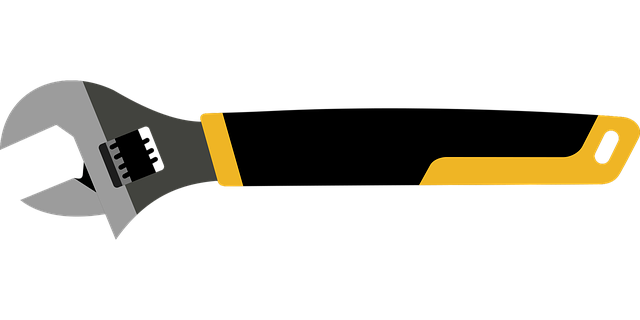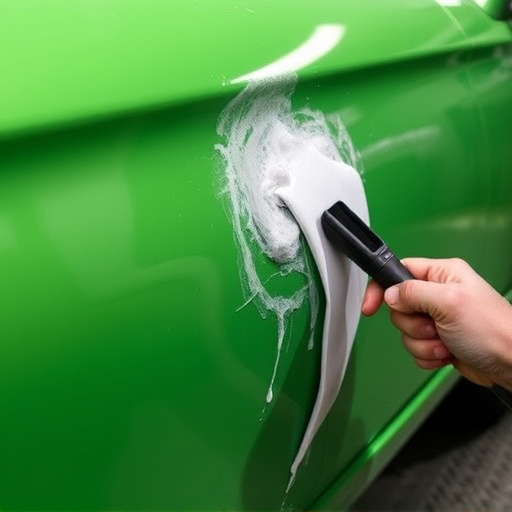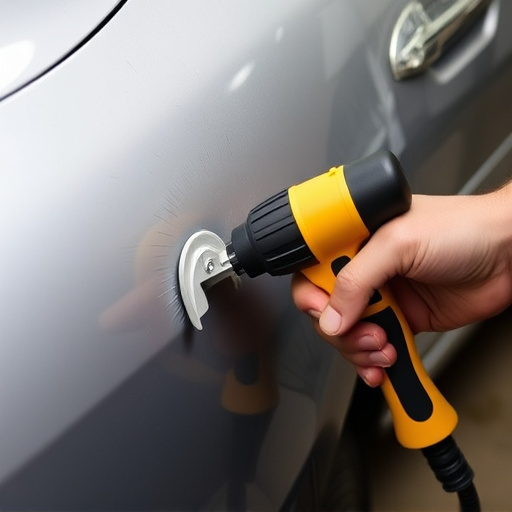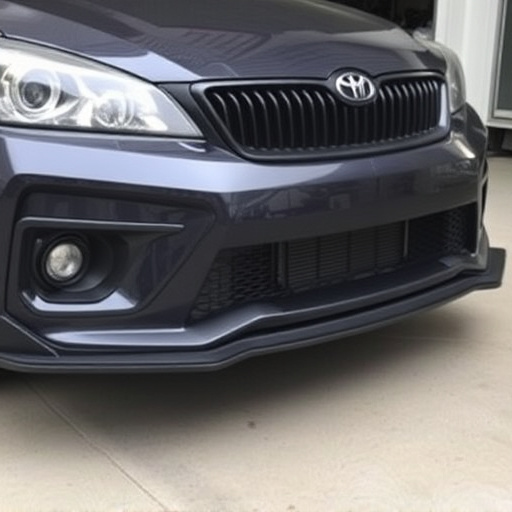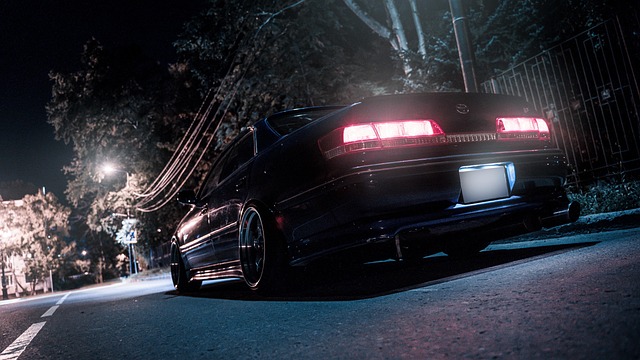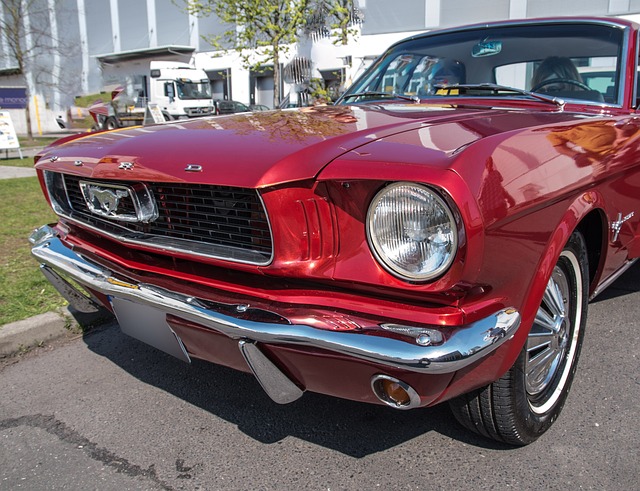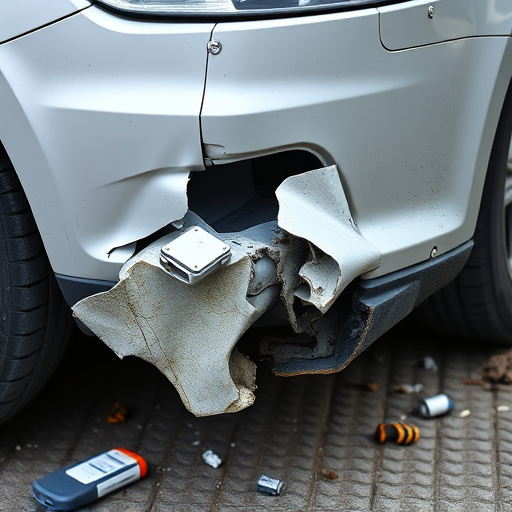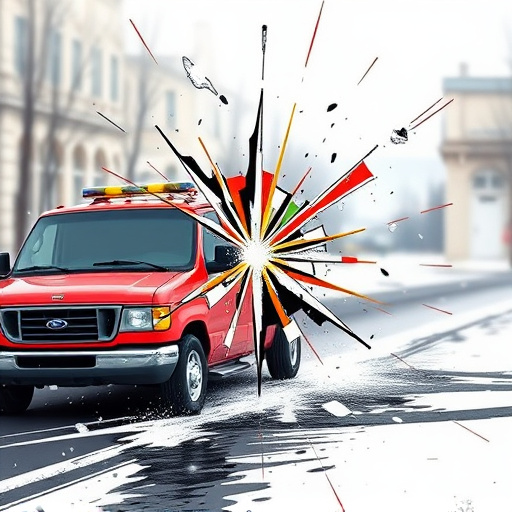Mastering color theory is vital for achieving flawless custom color matching in collision repair. Technicians mix paints accurately using the color wheel and advanced tools to replicate original hues. Preparing representative samples from similar vehicles ensures precise matching. Robust quality control through inspections, training, and considering environmental factors minimizes color mismatches during repairs.
In the realm of design, custom color matching is an art. However, collisions can occur, leading to disappointing outcomes. This article guides you through navigating the complexities of custom color matching collision work. By understanding color theory, preparing samples meticulously, and implementing robust quality control measures, you can avoid mismatches and achieve precise, harmonious colors every time. Discover the secrets to mastering this intricate process.
- Understand Color Theory for Accurate Matching
- Prepare Samples for Consistent Results
- Implement Quality Control Measures Effectively
Understand Color Theory for Accurate Matching
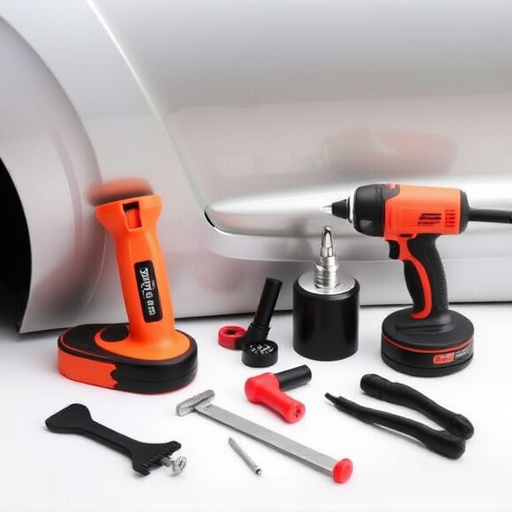
Understanding color theory is a cornerstone in achieving precise custom color matching during collision repair work. Color is composed of hues, tones, and shades, each influencing its overall appearance. By grasping how these elements interact, technicians can mix paints accurately to match any vehicle’s original shade. This involves recognizing primary and secondary colors, as well as the effect of light and dark pigments. Knowing color wheel positions helps in selecting complementary or contrasting hues for repairs.
In a Mercedes-Benz repair or any auto repair services involving body shop work, this knowledge ensures that the restored vehicle retains its aesthetic integrity. Body shop professionals use advanced tools and techniques to analyze and reproduce colors accurately. They consider factors like lighting conditions during testing, ensuring consistent results across different settings. This meticulous approach guarantees that when a car leaves the shop, it looks as if it never experienced any collision damage, aligning perfectly with the customer’s expectations for quality body shop services.
Prepare Samples for Consistent Results
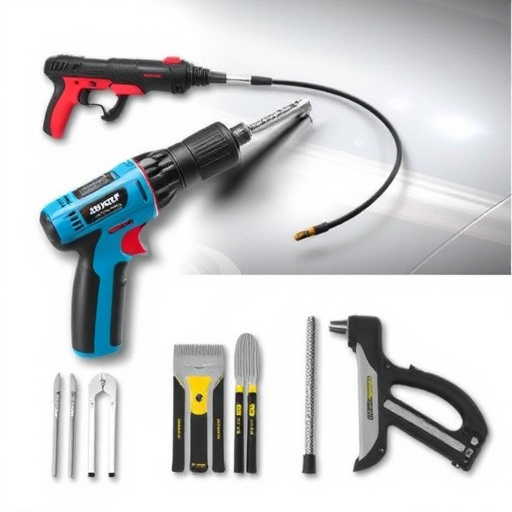
For accurate custom color matching during collision work, preparing samples is a vital step that cannot be overlooked. Start by gathering various car parts from vehicles similar to those involved in the collision. These could include panels, trim pieces, and even small sections of paint-coated metal. Ensure each sample represents the exact conditions you’ll encounter on the actual repair—including age, wear, and damage.
Consistent cleaning and preparation are key to achieving reliable results. Use specialized solutions designed for removing dirt, grease, and previous coatings without damaging the material. After thorough cleaning, apply an even coat of primer to all samples, allowing it to dry completely. This base ensures that new paint adheres correctly, minimizing the risk of mismatch during the custom color matching process in a collision repair shop or car repair shop, specifically tailored to vehicle dent repair.
Implement Quality Control Measures Effectively
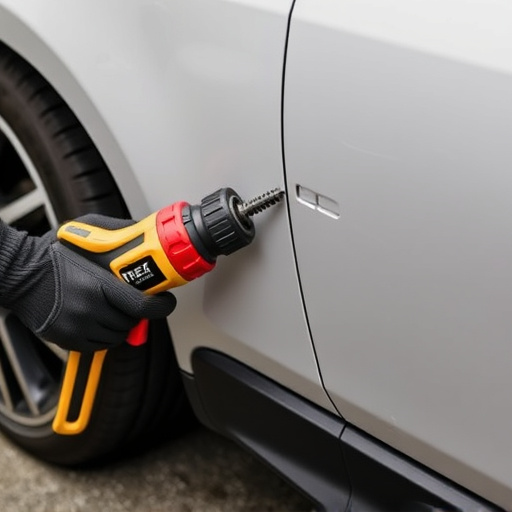
Implementing robust quality control measures is paramount to avoid custom color matching collisions in collision work. Start by ensuring a meticulous inspection process for every car that enters your workshop, focusing on identifying any pre-existing issues or subtle differences in the car’s original paint job. This initial check prepares you to spot potential challenges during the custom color matching phase.
Regular training sessions for your team, especially those handling paint jobs, are essential. Educate them on the latest techniques and tools for precise custom color matching, including an understanding of how different factors—such as lighting conditions, surface preparations, and atmospheric conditions—can influence the final results. Incorporating these measures into your standard operating procedures for car body repair, whether for modern vehicles or classic car restoration, significantly reduces the risk of color mismatches.
By understanding color theory, preparing samples meticulously, and implementing robust quality control measures, you can significantly reduce mismatches in custom color matching collision work. These strategies ensure consistent, accurate results, enhancing customer satisfaction and streamlining your workflow. Remember, attention to detail at every step is key to achieving seamless color coordination in any project.
